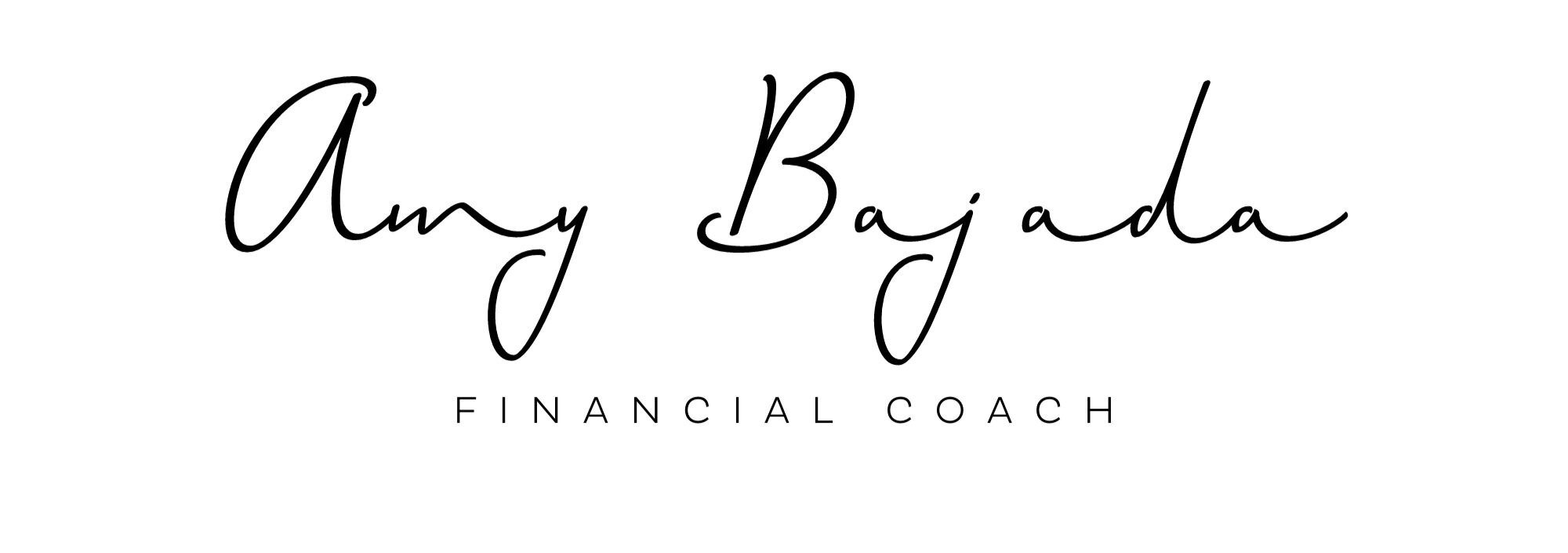Managing cashflow during a quiet period in your business
There is no truer word spoken than those that cash is king when it comes to small business. The volume of cash in our business determines the volume of product we have, it determines the number of staff members working, it even determines whether we can trade it all. So, what happens when we have no control over a quiet period in our business? Quiet periods in business occur for many different reasons, they could be seasonal based on the type of business you run, could be as a result of economic factors outside of your control, or it could just be no one is spending.
These lulls in our business trading can have significant impact on our cash flow in our business. And I’m sure we’ve all been there. More importantly what can we do about them.
1. Confront them.
First thing I ask a business owner when it comes to quiet cash periods in their business, is “were you aware this was coming?” …. Nine times out of 10 business owners are aware of the quiet cash periods in their business. So if you are aware why ignore it? Again, it’s one of those things we put in the too hard basket. That’s not gonna help you. So, the first thing I would recommend is to be honest about them. Ignoring them won’t make them go away but knowing they’re there and being honest about them can help you plan better.
2. Understand them.
If you’ve been in business long enough to identify with any cash lulls, you’ve been in business long enough to understand what causes them. And if you haven’t taken the time to understand what is causing them, now is the time to do so. I always say that knowledge is power, so instead of being afraid of understanding what is causing them, learn from them. What do you mean just uncover is the key to a strategy of being able to manage them better in your business.
3. Make a plan. I have a plan A, B, C & D … do you?
“Always plan ahead, it wasn’t raining when Noah built the ark” … I get that we don’t start our day with a plan to not have cash. Often when I see cash forecasts of many businesses, they are very optimistic and at times ignore the reality of the way their business runs. This isn’t going to help.
When developing a plan make sure that you are honest about how the cash flows through your business. Understand each component, from all the cash that goes out and when it goes out, to all the cash that comes in and when it is likely to come in. In times when there are no cash inflows, be sure to highlight that in your plan. Because I can guarantee you that regardless of the cash inflows your business will still have cash outflows. And this can drain the cash from your business.
Making the right plan simply means that you understand your business well enough to make decisions about the cash and its movements. Your plan needs to be realistic, needs to highlight the outcomes of these periods on your cash balance, and it needs to show the long-term impact of these periods in your business. And most importantly, you need to include a plan to stockpile your cash in periods where the cash inflows support this.
4. Know your “go-to” point.
I’m a big fan of measuring aspects of our business, especially the cash flow in our business. You know your business, better than anybody. So, it’s important that you put in significant measures well in advance to flag any future impacts. Knowing what is coming and having enough time to make decisions that address any significant cash impact, is the key to surviving any cash lull in your business. So, building in a measure that highlights this “go-to” point, can provide the confidence you need to get through these periods.
5. Build in some cash reserves.
I know what you’re thinking here when I say this, “Amy, if I could build in some reserves don’t you think I would’ve by now?”. My response is always the same … but you can. I’m not talking about putting away $10,000 every week, or even $500 every week. What I am suggesting is that if you have done everything above and planned well, you can start today with simply a commitment to some cash amount, even $5. It’s the habit and the commitment that I’m referring to here, to starting somewhere when it comes to building a reserve of cash. $5 every day can buy you a coffee, or you can put $25 towards your weekly obligations, or $1,300 down on a business loan for the year. Every little bit helps.
Always remember that when you’re thinking about any cash strategy in your business, honesty about how your cash flows through your business will be the key component to guaranteeing cash flow success. And once you’re honest about it, you will be able to comfortably and confidently plan well in advance for any cash challenge in your business.

